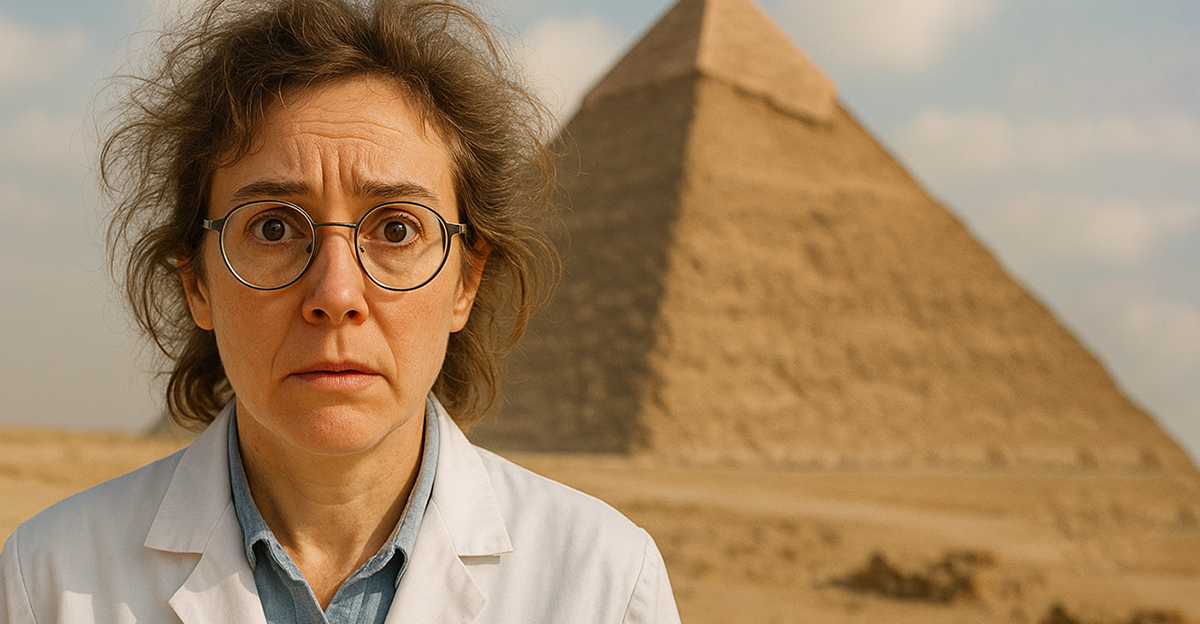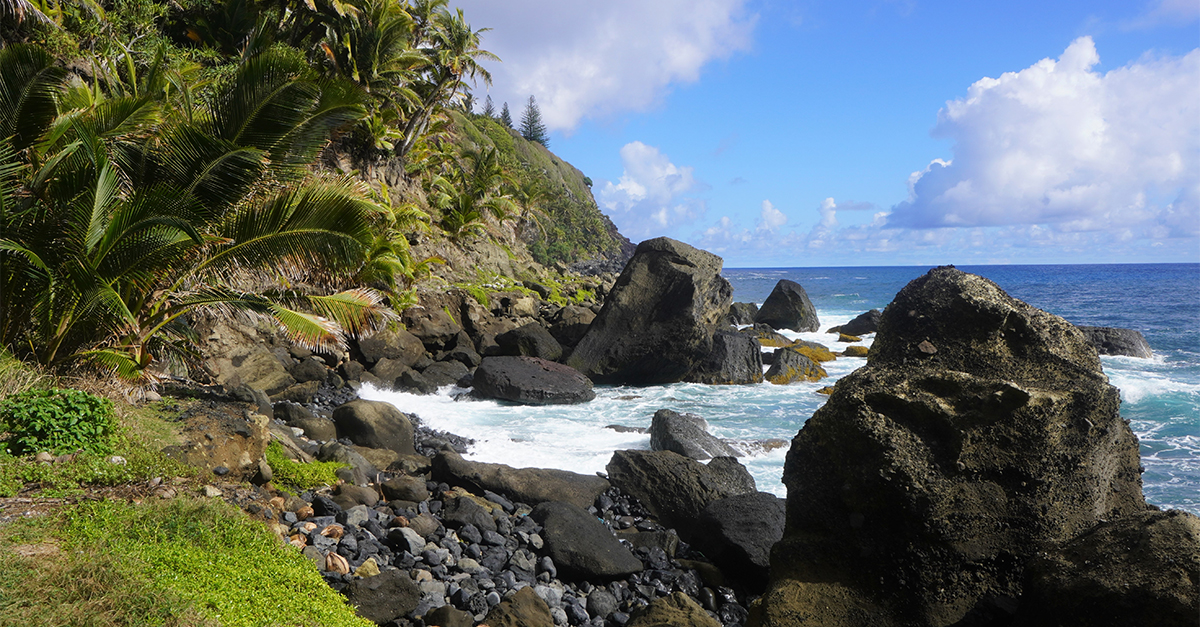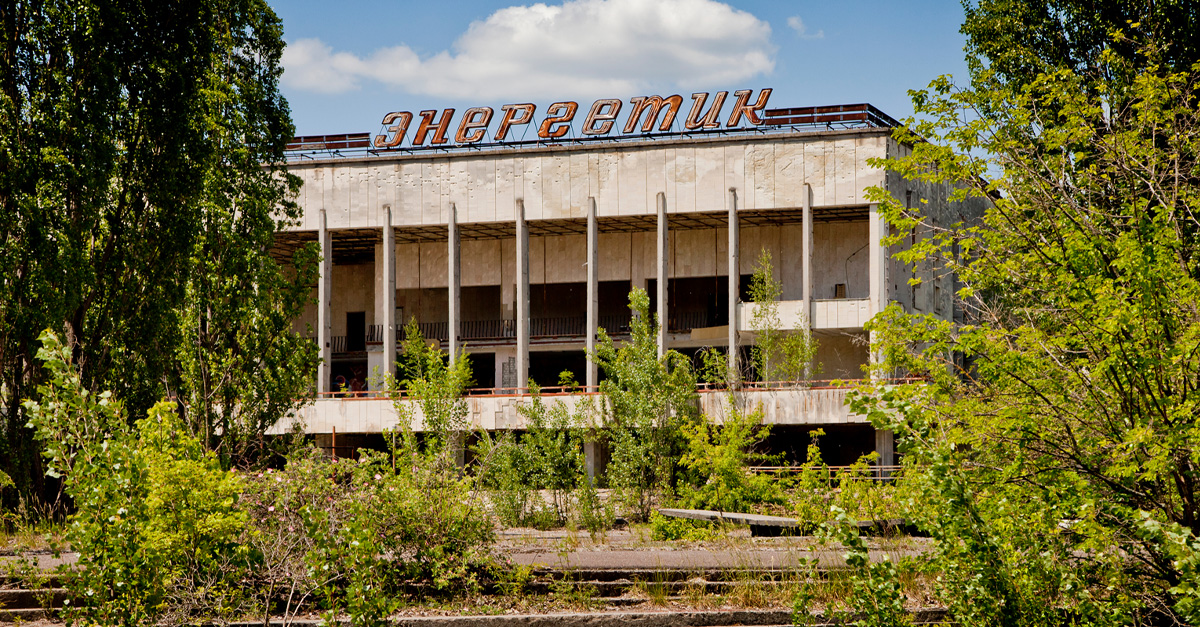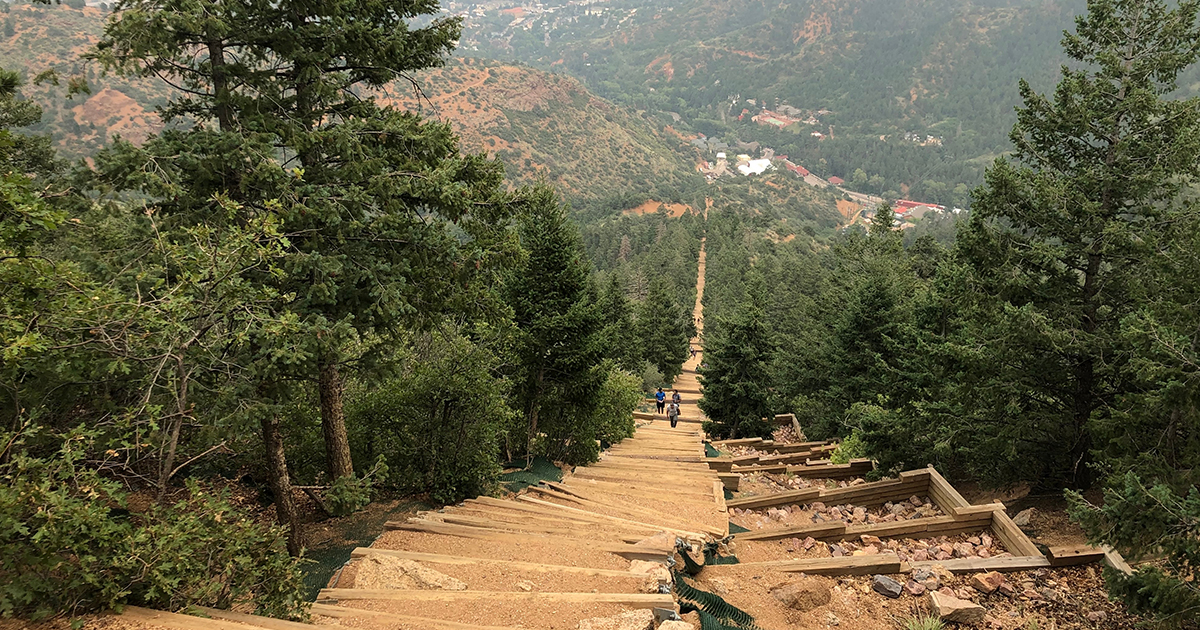Four and a half millennia after Khufu’s builders sealed the Great Pyramid, scientists have slipped a tiny camera through its ancient stones and spotted something remarkable. A narrow corridor, untouched since antiquity, lies hidden above the pyramid’s main entrance.
What purpose it once served remains a puzzle, but its discovery adds a new layer to Egypt’s greatest mystery. Keep reading to see how modern tech cracked an ancient secret.
The Discovery That Shook Modern Archaeology
For decades, the Great Pyramid seemed to have surrendered all its secrets. That changed when researchers from the ScanPyramids Project aimed innovative imaging technology at its northern face. They detected a hollow space, later confirmed to be a 29.53 feet (9-meter) corridor hidden just above the main entrance. This was an area that was previously thought to be solid limestone.
Experts first spotted the void using muography, which tracks muons—tiny cosmic particles that pierce stone but slow through dense layers. This allowed scientists to map hidden spaces without drilling to reveal an unexpected gap inside one of history’s most intensively studied monuments.
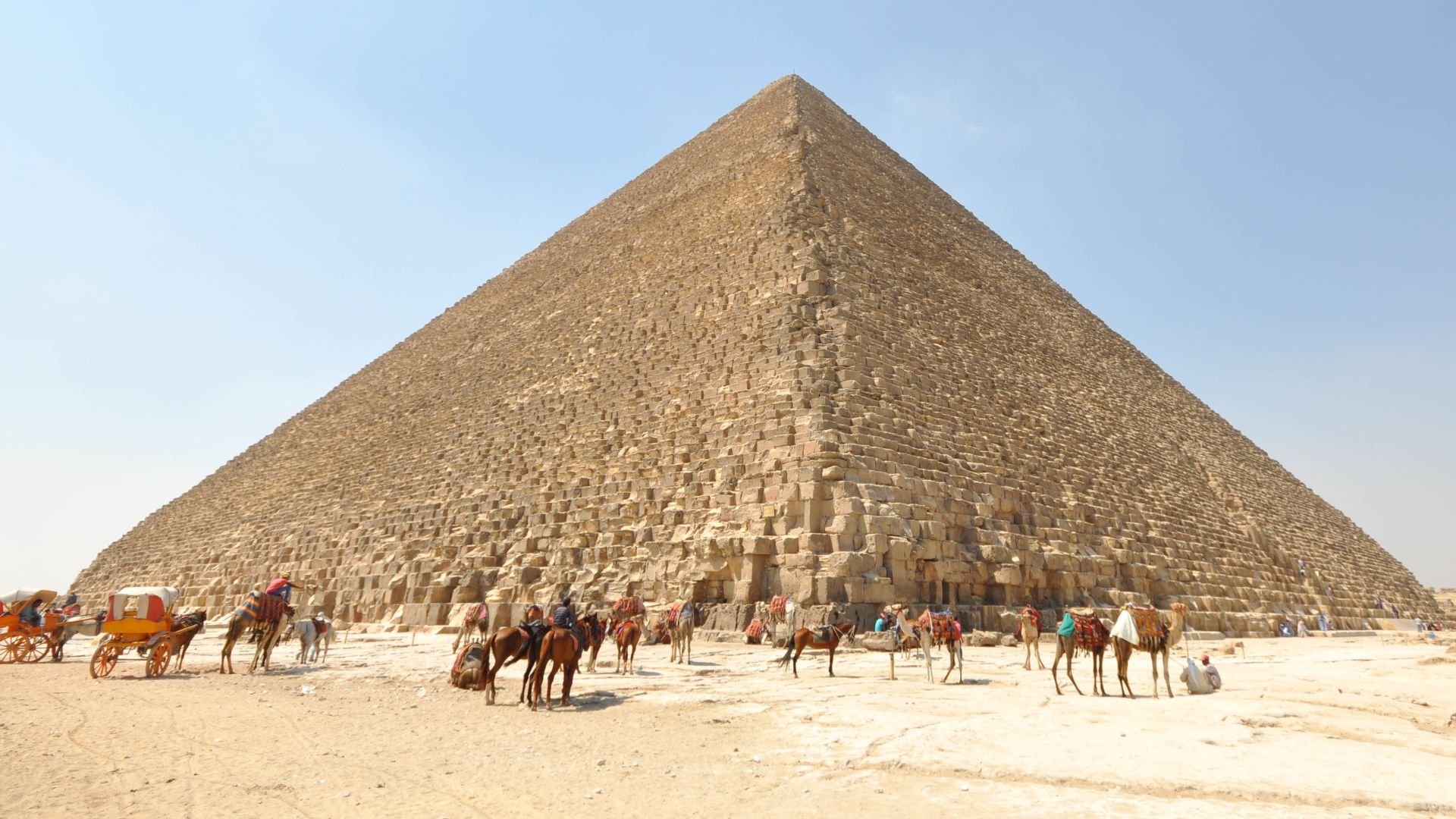 Jorge Lascar from Melbourne, Australia, Wikimedia Commons
Jorge Lascar from Melbourne, Australia, Wikimedia Commons
The Tiny Camera That Opened A Massive Mystery
Once the empty zone was confirmed, the team needed proof. Using radar and ultrasound, they pinpointed the safest access point before threading a slender 6-millimeter-wide endoscope through a gap between the chevron-shaped stones above the entrance.
The footage stunned everyone. Roughly-hewn blocks lined the corridor’s walls, capped by a vaulted ceiling that looked untouched since it was sealed more than 4,000 years ago. The air inside hadn’t moved in millennia. Officials revealed the images in a press conference at Giza, confirming what radar had only suggested: an actual chamber within the Great Pyramid.
Why The Corridor Exists At All
Egyptian experts believe the passage may have been built to relieve structural pressure from the pyramid’s entrance or perhaps from another, yet-unfound chamber below. Zahi Hawass, Egypt’s best-known archaeologist, called it “a major discovery,” to suggest it might guide researchers to Khufu’s still-missing burial room.
As Mostafa Waziri of Egypt’s Supreme Council of Antiquities noted, scanning will continue in the coming months to explore what lies beyond or beneath the space. Each new scan, he added, pushes Egyptology closer to solving one of the oldest architectural riddles on Earth.
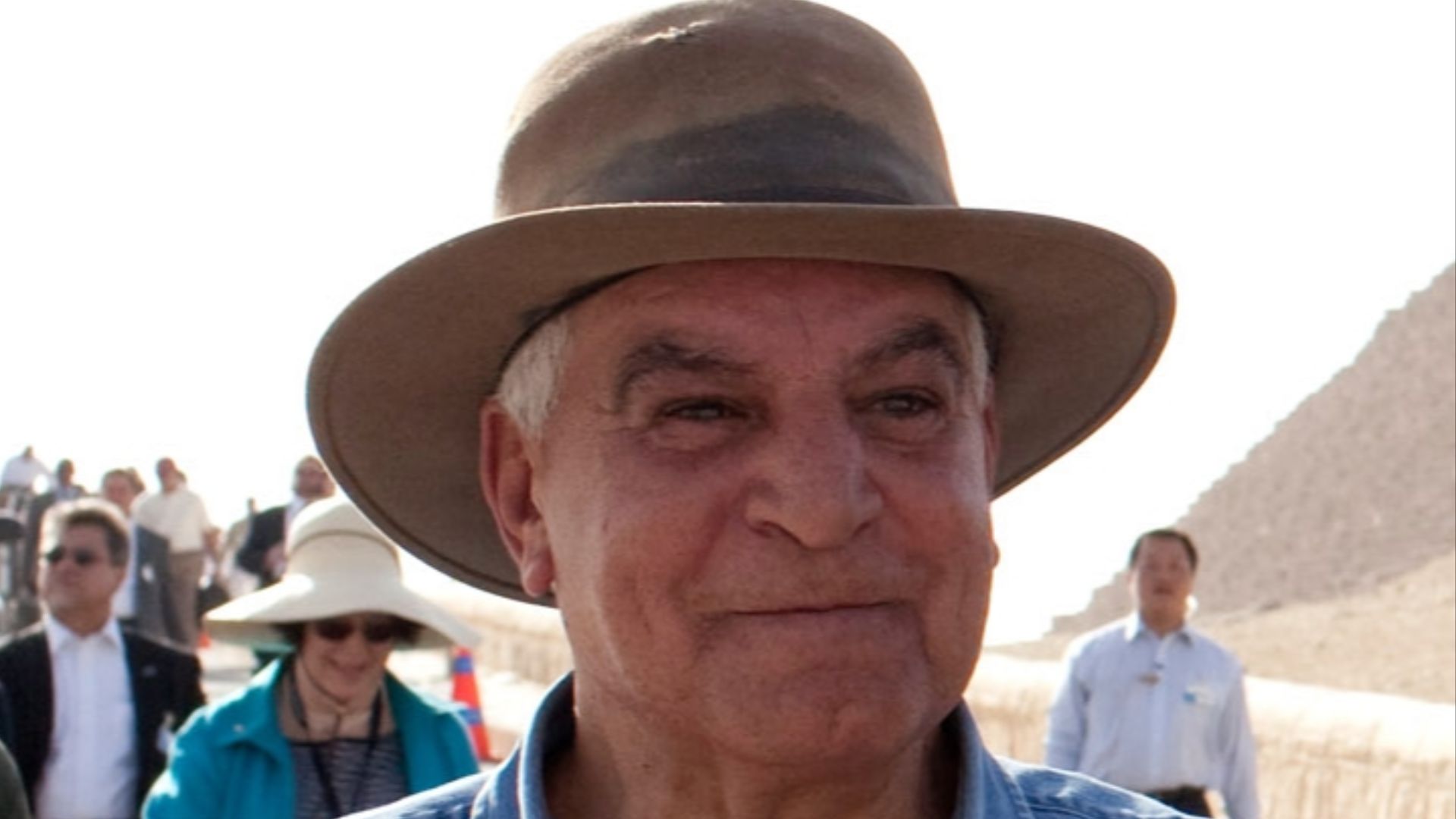 The Official White House Photo Stream, Wikimedia Commons
The Official White House Photo Stream, Wikimedia Commons
Ancient Engineering Meets Modern Curiosity
Built around 2600 BC, the Great Pyramid rises 146 meters high and weighs nearly six million tons. But despite its size and age, it continues to surprise even veteran archaeologists. The discovery shows how ancient engineering still challenges modern science.
Here’s what’s remarkable:
The void was first detected in 2016 using muon imaging.
Confirmation came through radar, ultrasound, and endoscopic video.
A second, larger void—30 meters long—was found above the Grand Gallery in 2017.
Each revelation proves that even after centuries of exploration, the pyramid’s interior isn’t done telling its story.
 Secret passages of the Great Pyramid by VIZBITE
Secret passages of the Great Pyramid by VIZBITE
What Comes Next
The next phase of research focuses on mapping what lies beyond the new passage. Could it lead to hidden chambers or burial artifacts? Archaeologists hope future scans will reveal clues without damaging the structure.
For now, one fact stands tall: ancient builders left more mysteries than answers, and technology is finally catching up.

